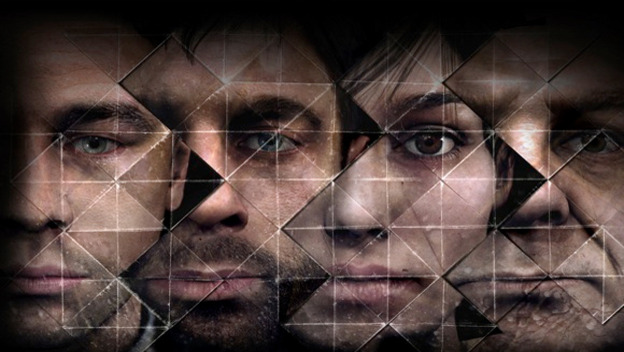We are repeatedly seeing that the next generation of consoles will differ radically from any before it. We’re not only looking at entirely different system architecture, heavy implementation of cloud computing and social networking, and an unprecedented level of publishing accessibility, but also a distinct lack of one element in particular: graphical improvement.
The PlayStation 4 and Xbox One are easily the most powerful consoles in the industry’s history, and therefore sport the best GPUs and game engines (of consoles, mind you). The countless reveals and gameplay trailers that we’ve seen thus far attest to the raw power of the two systems as well as the resulting visual fidelity. However, we’re also hearing very little in the way of, “Check out these pixels!” from next-gen developers.
I find this to be a welcome change, and one that I believe stems from a number of factors, not just the graphical plateau inherent in video games.
The theoretical limit to graphics in games would be photorealism: replicating real life flawlessly. Clearly, we’re not quite at that point just yet, but that unavoidable limitation will always influence gaming, largely by making games whose graphics do encroach upon photorealism that much more worthy of praise.
This harkens back to the advent of the PS3/Xbox 360 era, during which (particularly at the beginning) graphical advances were a dominant trait in game promotion. The gap between the PlayStation 2 and original Xbox and their older brothers is enormous; not a single PS2 title can, strictly visually speaking, compare to a current-gen game. Because of this, games like Halo , God of War , Uncharted , and Gears of War were quickly praised for, if nothing else, their strides in providing some welcomed eye candy.
However, there is no such disparity between the PS3/Xbox 360 and PS4/Xbox One. Hardware has only come so far, and software can only depict games to a given degree. Luckily, that degree is already way past breathtaking.
But this is fairly obvious. Anyone who’s picked up a current-gen game in the past few years can attest to their beauty and will probably agree that cramming pixels into them isn’t exactly a priority at this point. With that said, we can then turn to several other reasons as to why developers are less apt to slap the poster-child label on their graphics alone.
Arguably, the most beneficial of the bunch would be the success of the indie scene, and, subsequently, the rise of aesthetics–of stylizing graphics to an artistic level rather than a technical one. The runaway success of titles like Minecraft , Dust: An Elysian Trail , Fez , Terraria , and many more prove that gamers aren’t going to dismiss a game just because its visual style is quirky or unique. In fact, we can safely assume that games like these prove that we kind of like, if not outright adore, a daring take on graphical presentation. I certainly love me some voxel-based and cel-shaded graphics.
This leads us to the topic of aesthetics. With games like Okami and Psychonauts sitting comfortably in the past, it’s clear that unique graphical styles aren’t a recent invention. However, we have only recently begun seeing a widespread and triple-A adoption of the practice. The inFAMOUS series utilizes a heavily inked, comic book-inspired style; Borderlands has all but set the standard for the high-contrast styling of the cel-shaded world; FromSoftware’s Souls series has taken atmosphere to a new level with brilliant Gothic-revival architecture and heavily tailored lighting; and even cult classics like Valkyria Chronicles succeed in crafting their own design qualities (in the case of VC , an incomparable and positively gorgeous anime-meets-hashing aesthetic). Better still, all of these titles and countless others can be plucked directly from the current generation—a connection that serves to further distinguish the significance and definition of “good graphics” from previous incarnations.

At the forefront of this sort of graphical minimization, we find the multitude of innovative options that developers are now tasked with incorporating into their games. Cloud computing is slated to become an integral aspect of game development as it allows for improved loading times and bolder scopes; multiplayer is expanding beyond a matchmaking system with the dawn of console-based MMOs; and social networking integration is steadily becoming more influential in player interaction. With so many factors to contend with, it becomes a race of mastering the coming nuances of gaming or falling behind the competition. There’s simply no time to squander on scaling up textures and animations.
Do I expect the value of graphical refinement to up and vanish? Absolutely not; E3 2013 showed us plenty of tech demos that reminded us how far next-gen engines have come, particularly in the case of facial replication. However, we can expect (and hope, says this gamer) to see developers drift away from the superiority of their polygons in lieu of refining deeper gameplay aspects. It’s a trend that’s been building momentum for well over two years now, and the release of next-gen systems is the perfect opportunity to break it wide open.
And quite frankly, I’m ecstatic.
